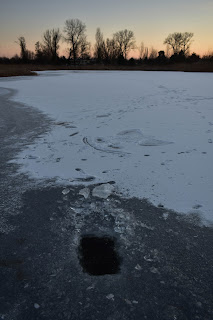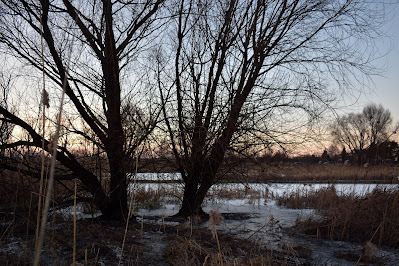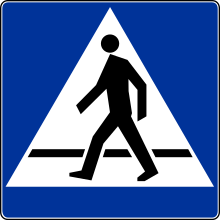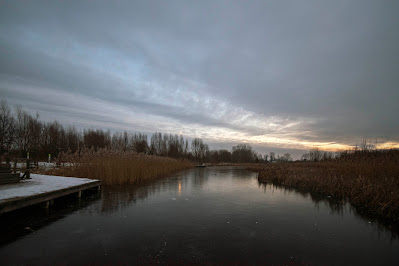As I lay face-down on the carpet in the upstairs hall in between two sets of back extensions*, the thought crossed my mind - is this not a little, uh, undignified for a man of 64? I mean - I cannot envisage my father in such a position when he was this age. Nor straining to do 15 pull-ups to the bar, nor waving a pair of five-kilo weights around, nor charging up and down Argyle Road propelled by a pair of sticks.
It would have been 1987 when my father was my age - by then, both sons had left home, and he was still five and a bit years away from finally retiring (to become a grandfather). He'd drive to work each day in his company Ford Sierra (B 808 WUC) and occasionally pop in to help me out in my house with some DIY or work in the garden. But he wouldn't be doing press-ups and sit-ups. The only plank he'd hold would be placed between two bits of scaffolding to stand on while painting a wall.
He wouldn't stay up to midnight to listen to the radio [here I must plug the most excellent soul-music show on West Wilts Radio, hosted by my Gunnersbury classmate, Martyn J, Fridays 9-11pm UK time]. Nor would he ever wear jeans or leather motorcycle jackets.
But then Sir Michael Jagger (born 20 years after my father and 14 years before me) was still performing live as recently as 2019.
Somewhere during those twenty years, a demarcation line between generations had been drawn - what was unacceptable to my father's generation has become commonplace today. I'd challenge you to find a larger gulf between any two generations in human history as that which lay between our two.
I remember our neighbours from childhood on Croft Gardens, Hanwell, Mr and Mrs Jones - he was born at the end of the 19th century and saw action in the trenches of the Western Front during WW1. So in 1963, he'd have been my age. He told me about how you could get to Southend-on-Sea on the District Line from Ealing Broadway before 1939. I remember him in summer, newly retired, out in the back garden mowing his lawn with a small, hand-pushed mower with a wooden handle; wearing a sleeveless sweater over a checked shirt and a pair of baggy corduroy trousers. A generation older than my parents, the Joneses (whose grandchildren were my age) were very much like my parents in demeanour and outlook. First-hand experience of war in one's youth colours the rest of one's life profoundly.
The wartime generation was a practical, rational generation, not open to the novelties that society began experimenting with from the 1960s onward. They marched on into old age with dignity.
* Back extensions - the antidote to the plank - lie face down on the floor, hands clasped behind the head. Arch your back so that both legs and your upper torso are raised - hold that position for three seconds, and repeat eight times. Then rest to get your breath back, and repeat another eight times. Thanks to Paul W. for suggesting these to me last February.
This time last year:
Longevity, telomeres and exercise
[I see that this was probably my peak month!]
This time two years ago:
A day of most profound sadness
This time three years ago:
Vintage aerial views of the ground
This time five years ago:
Adventures of a Young Pole in Exile - review
This time six years ago:
Ealing in bloom
This time seven years ago:
Keeping warm in January
This time eight years ago:
If you can't measure it, you can't manage it (health, that is)
This time nine years ago:
Sten guns in Knightsbridge (well, Śródmieście Południowe, actually)
This time 11 years ago:
To The Catch - a short story (Part II)
This time 12 years ago:
Greed, fear, fight and flight - and the economy
This time 13 years ago:
Is there an economic crisis going on in Poland?



















































